An unexpected power outage plunges your facility into darkness. Panic spreads as exits are obscured and hazards are hidden. LED floodlights offer an instant, reliable solution to this chaos.
LED floodlights dramatically enhance safety by providing instant, bright, and uniform illumination. They eliminate dark spots, ensure clear visibility of escape routes, and can integrate with smart systems for automated responses during emergencies.
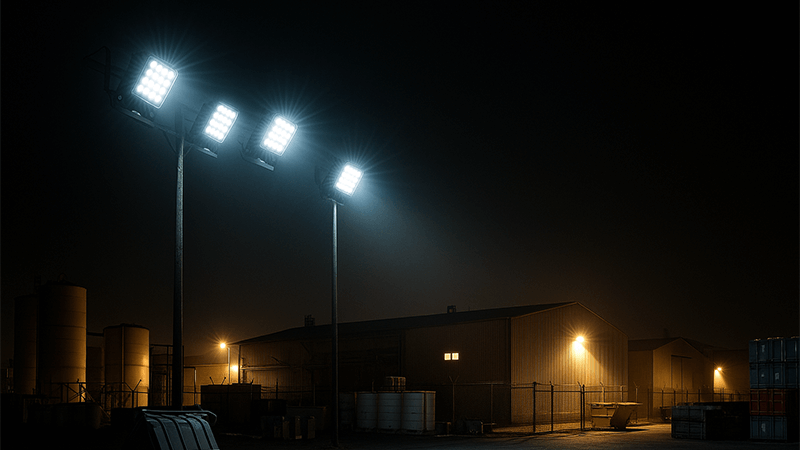
I’ll never forget visiting a potential client’s factory years ago. The power suddenly cut out. The backup system, which used old metal halide lamps, took several minutes to flicker to life. In that darkness, the shouts of confusion and the sound of someone tripping were alarms in themselves. It was chaotic. That moment taught me that modern lighting isn’t just about brightness; it’s about providing an intelligent, reliable safety net when things go wrong. Let’s explore how the right lighting does just that.
What is the key benefit of using emergency LED lighting?
A sudden crisis hits, and your standard lights fail. Confusion and delays can have serious consequences when every second counts. Emergency LED lighting activates instantly, providing crucial visibility.
The primary benefit of emergency LED lighting is its instant-on capability at full brightness. Unlike older technologies that need to warm up, there is no delay. This immediate, clear illumination is vital for safe evacuations and quick response times.
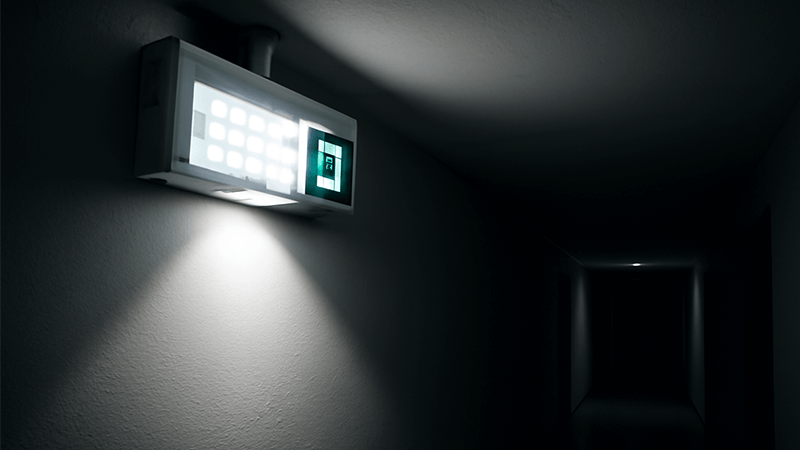
When a purchasing manager like Shaz in the UAE plans for a large commercial project, reliability is non-negotiable. An emergency system that takes minutes to start is not a system; it’s a liability. This is where LEDs completely change the game. The core advantage is speed, which directly translates to safety.
The Power of Instant Response
In an emergency, visibility is the first line of defense against panic and accidents. People need to see exit signs, navigate around obstacles, and find their way to safety. Traditional lighting technologies like Metal Halide (MH) or High-Pressure Sodium (HPS) have a major flaw in this context: restrike time. After a power interruption, they can take anywhere from 5 to 15 minutes to cool down and restart. That’s a dangerously long time to wait in total darkness.
Reliability and Longevity
LEDs don’t have this problem. They provide 100% of their light output the moment they are switched on. This instant illumination is critical. Furthermore, because LED floodlights paired with a backup power source (like a UPS or generator) are so energy-efficient, they can provide light for a much longer duration on the same amount of stored power. This extended runtime can be lifesaving in prolonged emergencies. Because of their solid-state design, LEDs are also far more durable and resistant to shock and vibration, ensuring they work when they are needed most. This low-maintenance reliability removes a major point of failure from your safety plan.
| Feature |
Emergency LED Lighting |
Traditional Emergency Lighting (MH/HPS) |
| Startup Time |
Instant (0 seconds) |
5-15 minutes (restrike delay) |
| Energy Efficiency |
High |
Low |
| Backup Runtime |
Long |
Short |
| Lifespan |
50,000+ hours |
10,000 – 20,000 hours |
| Durability |
Very High |
Moderate (sensitive to shock) |
For anyone sourcing lighting for large-scale projects, these factors are not just technical specs; they are crucial components of a building’s overall safety and operational continuity.
What are the main security benefits of LED floodlights?
Your property has dark, unmonitored areas at night. These shadows can hide potential threats and equipment, making your site vulnerable to theft or vandalism. Bright LED floodlights eliminate these hiding spots completely.
LED floodlights boost security by eliminating shadows where intruders can hide. Their bright, high-quality light enhances the effectiveness of CCTV cameras, making it easier to identify faces and activities, which acts as a powerful deterrent.
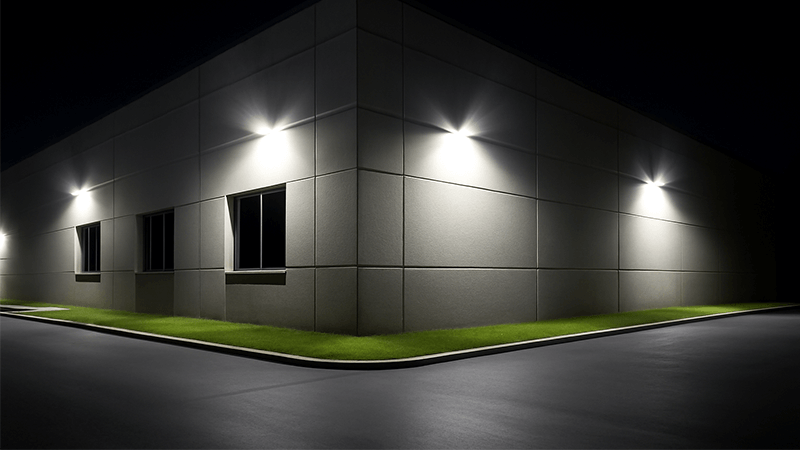
In my early days in the factory, I saw firsthand how much a simple change in lighting could impact security. We upgraded the perimeter lighting from old, dim fixtures to new, bright LEDs. Almost overnight, the instances of loitering and petty theft dropped. It wasn’t just about making the area brighter; it was about making it clearer. This clarity is the foundation of modern security lighting. Effective security isn’t just about seeing movement; it’s about seeing detail and using that information to prevent incidents before they happen.
From Illumination to Identification
The single biggest security upgrade LED offers is in light quality, specifically its High Color Rendering Index (CRI). CRI measures how accurately a light source reveals the true colors of objects. Old HPS lamps, with their distinct yellow-orange glow, have a very low CRI. Under that light, a red car can look brown, and a blue shirt can appear gray. This makes it almost impossible for security cameras or eyewitnesses to provide accurate descriptions.
High-CRI LED floodlights render colors vividly and accurately, almost like daylight. This means your security cameras can capture crucial details: the exact color of a suspect’s vehicle, their clothing, or other identifying features. This transforms your surveillance system from a simple motion detector into a powerful identification tool.
Smart Security and Active Deterrence
Modern LED floodlights can also be integrated with smart controls. This takes security from a passive state to an active one.
- Motion Sensors: Lights can be set to a lower level for energy savings and then instantly switch to full brightness when motion is detected. This sudden change in light is highly effective at startling and deterring intruders, drawing immediate attention to the area.
- Networked Controls: You can link your lighting system to your security alarms and cameras. If an alarm is tripped in one zone, the lights in that area and along potential escape routes can automatically turn on, tracking the intruder and aiding in a swift response.
| Security Feature |
Benefit |
How It Works |
| High CRI (>80) |
Enables accurate identification of colors for surveillance. |
LEDs produce a broad spectrum of light, revealing colors as they appear in daylight. |
| Uniform, Glare-Free Light |
Eliminates dark spots and reduces harsh glare for clear camera views. |
Advanced optics and diffusers spread light evenly across a wide area. |
| Motion-Activated Brightening |
Acts as an active deterrent and saves energy. |
Integrated sensors detect movement and trigger an instant increase in light output. |
| Smart System Integration |
Creates a coordinated, automated security response. |
Lights are networked with alarms and cameras to react to security events in real-time. |
By combining superior light quality with smart technology, LED floodlights provide a multi-layered security solution that helps prevent incidents and provides critical data if one occurs.
Do LED floodlights really prevent crime?
You are investing heavily in security measures for a project. You wonder if adding high-quality floodlights is a genuine preventative measure or just another line item on the budget. Evidence consistently shows that good lighting is a key crime deterrent.
Yes, well-designed LED floodlighting significantly helps prevent crime. By increasing visibility and fostering the perception of being watched, it deters opportunistic criminals. It creates an environment where illegal activities are more likely to be seen and reported.
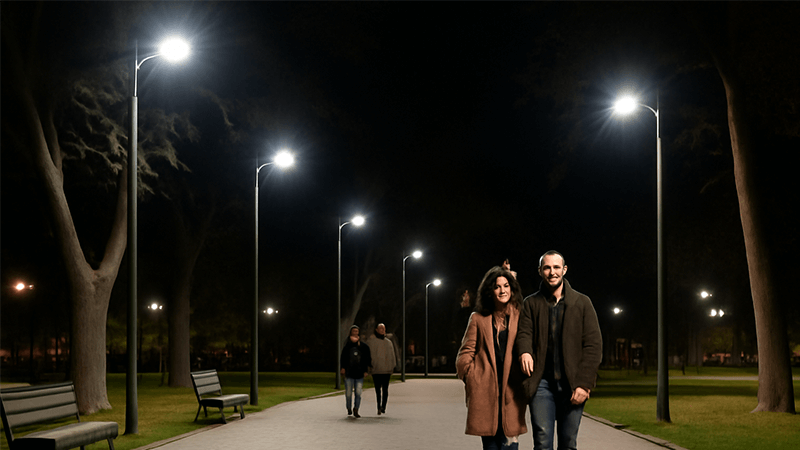
This isn’t just a theory; it’s based on simple human psychology. I’ve worked with many project contractors who have seen the direct impact. One client managing a large storage yard was dealing with frequent break-ins. We developed a lighting plan that not only illuminated the fences but also the areas just outside the perimeter. The change was immediate. They found that most criminals are looking for an easy target—a place where they can work unseen. By taking away the darkness, you take away their most valuable tool.
The Psychology of Deterrence
Crime prevention often boils down to risk versus reward. Criminals want to minimize their risk of getting caught. Bright, uniform lighting fundamentally shifts this calculation in several ways:
- Increased Natural Surveillance: When an area is well-lit, it’s easily visible to anyone nearby—employees, security patrols, or even passersby. This feeling of being exposed, or the "perception of surveillance," makes potential offenders feel watched and uncomfortable. They know their actions are not hidden by shadows.
- Elimination of Hiding Places: Darkness provides cover. LED floodlights with well-designed optics can illuminate entire areas, including corners, alleyways, and behind equipment, removing potential hiding spots for intruders.
- Demonstration of Ownership: A well-maintained and well-lit property sends a clear message: this area is cared for and monitored. This signals that security is taken seriously, which can discourage criminals from selecting it as a target. It suggests that other, less visible security measures are also likely in place.
Beyond Deterrence: Fostering a Sense of Safety
It’s also important to consider the impact on legitimate users of the space. Employees working a late shift or security personnel on patrol feel safer and more confident in a well-lit environment. This increases their alertness and makes them more likely to notice and report suspicious activity. This positive psychological effect contributes to a more secure atmosphere overall. Investing in good lighting is not just about stopping bad actors; it’s about empowering the people who are there to keep the property safe and productive. It’s a proactive investment that pays dividends in both security and employee well-being.
Why is good lighting important in the prevention of accidents?
Your facility has areas with heavy equipment or frequent foot traffic. You worry about slips, falls, or other accidents, especially during night shifts or in bad weather. Good lighting is your most essential preventative tool.
Good lighting is critical for accident prevention because it ensures all potential hazards—like obstacles, wet surfaces, or moving machinery—are clearly visible. It reduces eye strain and helps people accurately judge distances and speeds.
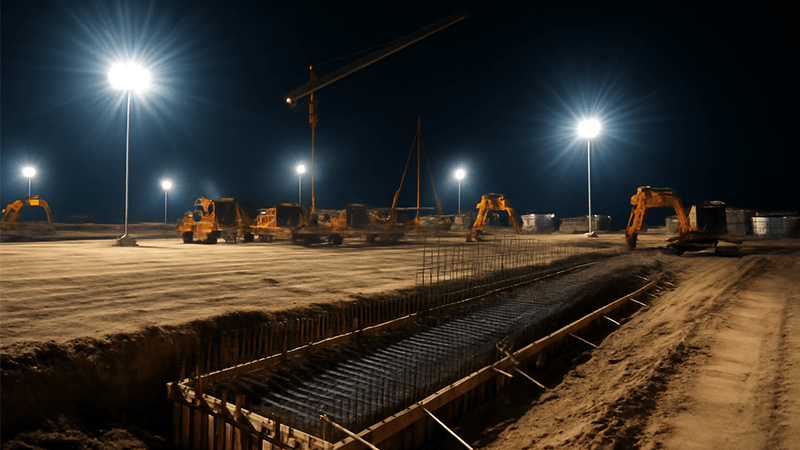
When I was starting out in the factory, I spent a lot of time on the production floor. The difference between working in a well-lit area and a poorly lit one was like night and day. In the dim sections, you had to strain your eyes, and small spills or misplaced tools on the floor were easy to miss. But under the bright, even light of a new LED installation, everything was crystal clear. You felt more alert and confident in your movements. That personal experience proved to me that quality of light is directly tied to safety and productivity.
Seeing Clearly, Working Safely
The primary function of safety lighting is to ensure visibility. However, "visibility" is more than just brightness. It’s about the quality of the light. This is where LED technology, as I mentioned in my insight, moves a facility from just "being lit" to allowing people to "see clearly."
- Flicker-Free Operation: Many older lighting technologies, like fluorescent tubes, have a subtle, high-frequency flicker. While often invisible to the naked eye, this flicker can cause eye strain, headaches, and fatigue over a long shift. It can also create a dangerous stroboscopic effect around rotating machinery, making it appear stationary or slow-moving. LEDs provide stable, flicker-free light, eliminating this hazard and improving worker concentration.
- Uniform Illumination: Poorly designed lighting creates a patchwork of bright spots and dark shadows. This inconsistency forces the eyes to constantly readjust, leading to fatigue. More dangerously, hazards can be hidden in the shadowed areas. Modern LED floodlights with advanced optics distribute light evenly across a surface, creating predictable and safe visibility everywhere.
- High Color Rendering: As with security, high CRI is vital for safety. It ensures that safety warnings, color-coded wires, or labels on containers are easily and accurately identifiable. Mistaking a warning label because of poor color rendering can have disastrous consequences.
Designing Light for Human Factors
A safe lighting plan considers how people interact with their environment. The goal is to create visual conditions that reduce human error.
| Lighting Factor |
Safety Impact |
LED Solution |
| Insufficient Light (Lux) |
Makes hazards hard to see, leading to trips, slips, and falls. |
LEDs deliver high lumen output efficiently, ensuring compliance with safety standards. |
| Glare |
Can temporarily blind workers or obscure vision, especially for vehicle operators. |
Advanced optics and luminaire positioning control light distribution to minimize direct glare. |
| Flicker |
Causes eye strain, fatigue, and dangerous stroboscopic effects with machinery. |
Solid-state LED technology provides consistent, flicker-free illumination. |
| Poor Uniformity |
Creates hazardous shadows and requires constant eye readjustment. |
Engineered optics in LED fixtures ensure smooth, even light coverage. |
| Low CRI |
Makes it difficult to read color-coded warnings, signs, and labels correctly. |
LEDs offer a high CRI (>80), rendering colors accurately for clear hazard identification. |
For a purchasing manager responsible for life-cycle costs and compliance, investing in high-quality LED lighting is a direct investment in reducing accidents, which in turn reduces downtime, insurance claims, and operational risk.
Conclusion
LED floodlights are more than just lights; they are a critical safety and security system that provides instant, clear, and intelligent illumination to protect people and property effectively.